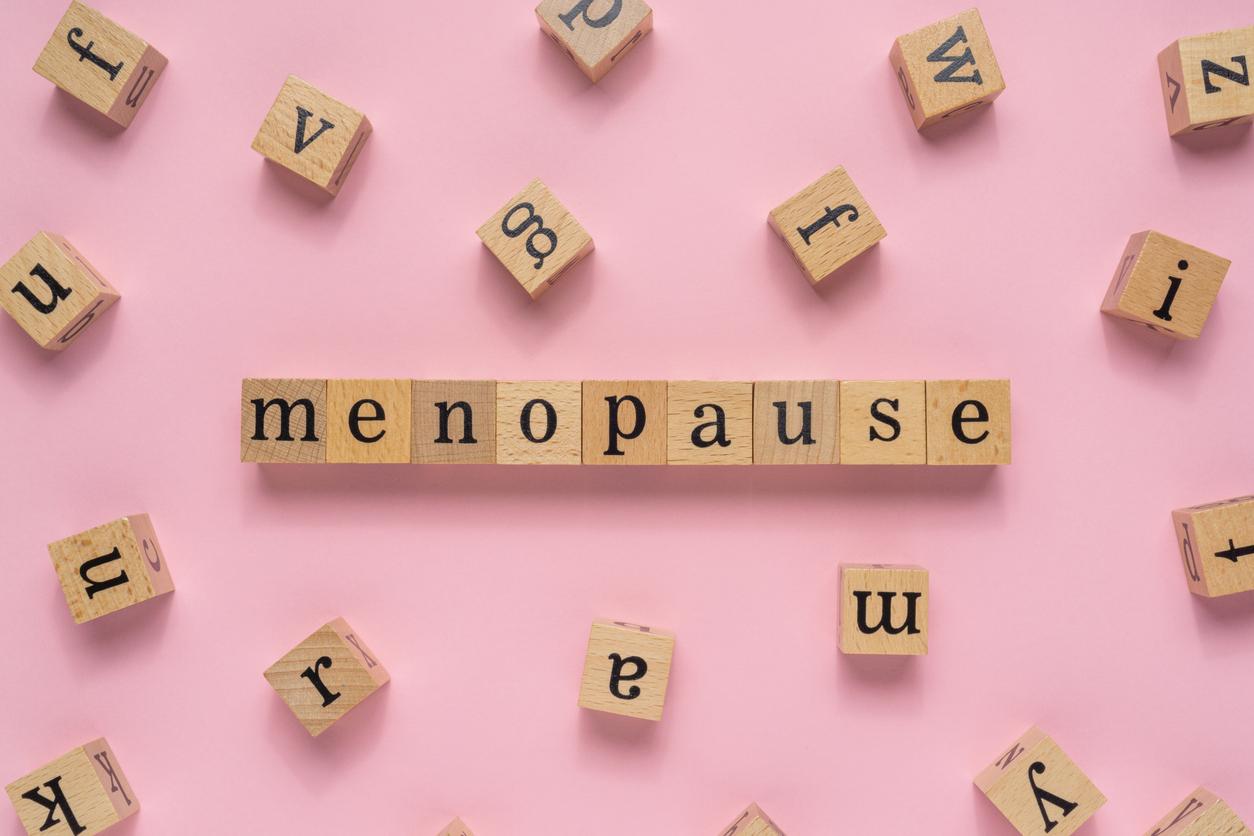In contrast to so-called “episodic” migraine, chronic migraine causes headaches several times a week.

- Chronic migraine affects 1 to 2% of the general population in France.
- Chronic migraine is defined as 15 or more headache days per month for more than three months.
- In recent years, specific therapeutic methods for chronic migraine have been evaluated.
In a new communication campaign entitled “Fighting migraine is an art,” The patient association The voice of migraine sufferers raises awareness of the chronic aspect that this pathology can present.
What is the definition of chronic migraine?
Patients with less than 15 days of headache per month suffer from so-called migraine. “episodic”. “Chronic migraine is defined by 15 days of headaches or more per month for more than three months, and which at least eight days per month meet to ICHD-3 criteria migraine with or without aura”, explain SFEMC (French Society for the Study of Migraines and Headaches).
“About 3% of people with episodic migraine develop chronic migraine within a year through a process called ‘transformation,’ ‘chronification,’ or ‘progression,'” specifies the institution. “Chronic migraine has a major impact on physical, mental and socioeconomic functioning. It is therefore associated with a poorer quality of life than episodic migraine.” she adds.
13% of sufferers give up work because of their chronic migraines, 83% say they suffer from sleep disorders and only 7% can take care of their children without difficulty.
“More than 48% of patients suffer from anxiety and more than 73% suffer from depression” completes the association The voice of migraine sufferers. “A specific form of severe migraine, chronic migraine affects 1 to 2% of the general population in France” also recalls the non-profit organization.
What are the treatments for chronic migraine?
Chronic migraine can be diagnosed immediately when the person does not exhibit medication abuse.
“There is a consensus to treat chronic migraine with the same basic treatments as those used in episodic migraine,” details the SFEMC. “However, in recent years, specific therapeutic methods for chronic migraine have been evaluated and could lead to more specific treatment of this entity”, she continues.
“These future treatments could be pharmacological or surgical by stimulation of the nervous system. At present, the treatment of chronic migraine is difficult and most often falls to neurologists specializing in the treatment of headaches,” conclude the experts.
Migraine: what are its mechanisms?
Although its exact mechanisms are incompletely understood, migraine is considered a neurovascular disorder due to the interaction of complex genetic factors with multiple environmental factors.
With a prevalence of 14.4%, migraine is a very common pathology. In France, one in five people (21.3%) aged over 18 have a migraine meeting the diagnostic criteria of the international classification of headache disorders.

















